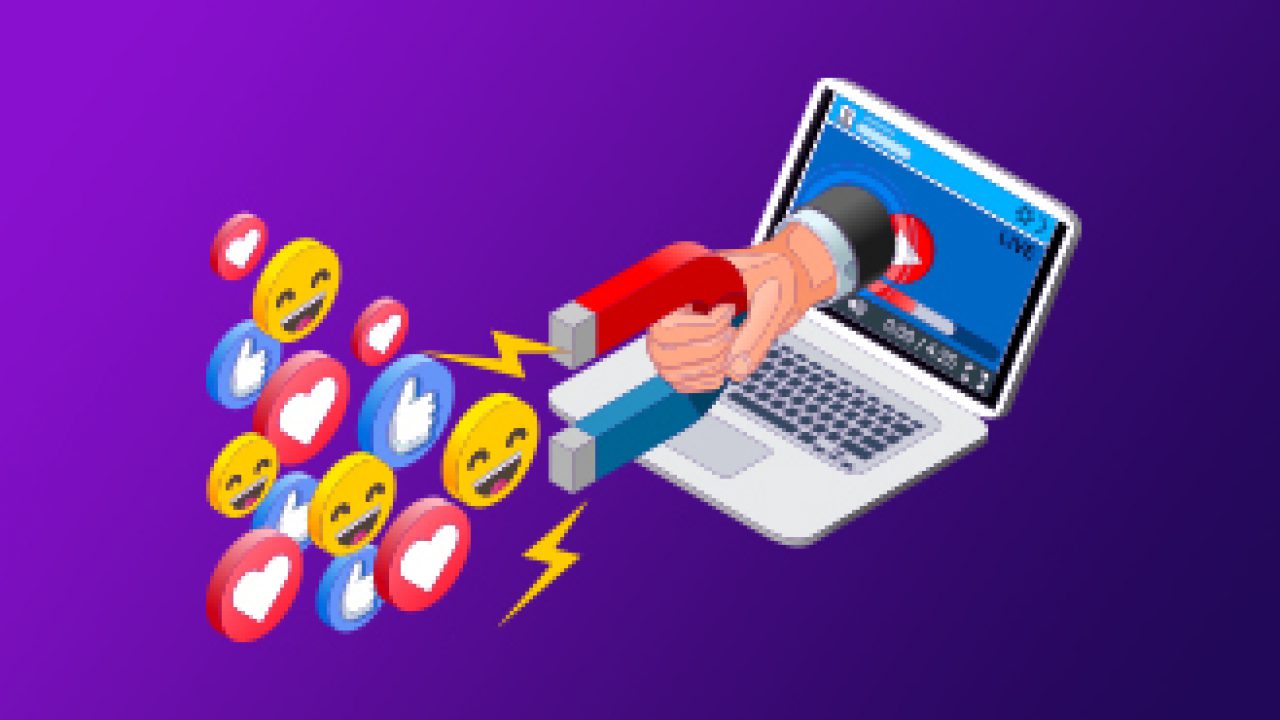
Infographics are a valuable way to showcase information in a visual format. But, to create a great infographic, you should implement some foundational rules. Here are five tips to help you excite your readers’ interests and, in turn, allow them to better absorb the information you’re trying to share.
Table of Contents
1. Avoid Big No-Nos
Before you can make a great infographic, it’s important to understand what makes a bad one. In doing so, you’ll learn what you should avoid when creating your new piece of content.
Be sure to avoid:
- Misleading your audience with false information or data distortions. If you’re citing a study or data, it’s important to always indicate the source of your information and link to it if you’re able to.
- Overloading your infographic with too many visual distractions or clutter. You can make an eye-popping infographic without making people nauseous from content overload.
- Neglecting to showcase all types of people in your infographic. Showing diversity in your content is not only good for your brand — it’s just generally better to be inclusive all around.
- Refusing to correct these mistakes. Hey, mistakes happen, but if you don’t own them and adjust your infographic, that decision could result in a hit on your brand’s reputation.
If you can avoid these mistakes, you’ll be well on your way to making a successful infographic.
2. Respect Your Audience
The term “read the room” comes to mind for this one. In short, you want to gain your audience’s trust as they view your infographic, so you have to be respectful of the types of data that will be important to the people you’re targeting. Often, people involved in the data-gathering part of infographics — such as statisticians — may be disconnected from what you’re trying to achieve as a marketer for your brand. It then becomes your job to bridge those gaps and talk to people in a way that will resonate with them.
On the other hand, people often create infographics with no real knowledge of the data behind the numbers. This can lead to misinformation or final products that don’t respect audiences’ ever-valuable attention.
In the end, you want to communicate key information in a visual way that helps improve your audience’s complete understanding of the topic.
3. Make Sure Your Images are Intrinsically Tied to Your Data
You never want to throw any old clip art pictures into your infographic, so you can say you’ve included images. The images you choose need to be the storytellers of the data you’re presenting to your readers.
Using carefully chosen images that don’t contain too much excess data will allow your viewers to visualize the data you’re trying to convey rather than overwhelming them with a list of numbers that can quickly seem meaningless.
If you can’t create images for your infographic, this is a great place to set funds aside and work with a professional graphic designer. Skimping your visual storytelling effects can cost you big in the long run.
4. Keep It Focused
Simplicity always wins the infographic game. Ultimately, simplicity is all about focus. You don’t want to sprinkle in a million facts and stats that are semi-related to the topic at hand. Instead, aim to make a streamlined product that’s focused on one single topic.
White space (or negative space) isn’t a bad thing when you’re creating an infographic – it can be your best friend. Infographics that are too busy are usually off-putting and hard on the eyes. When that happens, people will just scroll by. To drive your point home, leave plenty of white space so your audience’s attention can be focused on the information you’re delivering to them.
It’s important to understand that infographics shouldn’t be your channel to dump every piece of data you can compile. The point is to drive home information related to a single, focused topic.
5. Promote It!
Once your infographic has been created, send it out to the world in every way you can think of. Write a blog around the information you’ve uncovered, share it on social media, and email it to your subscribers. Be sure it’s easily shareable by providing a link to the infographic itself and include a call to action that encourages your followers to share it with their own circles.
By creating a great infographic, you can earn some excellent link juice, which can ultimately boost your domain authority and help you rank higher in the search engine results pages (SERPs). The key is to make sure that anyone referencing your infographic can easily link to it and give you the credit you deserve. A pro tip would be using your company’s branding within the infographic, helping to prevent others from stealing your work. Plus, branding within the infographic helps increase brand recognition, which might just be a goal of your marketing team.
Follow TodayTechnology for more!








